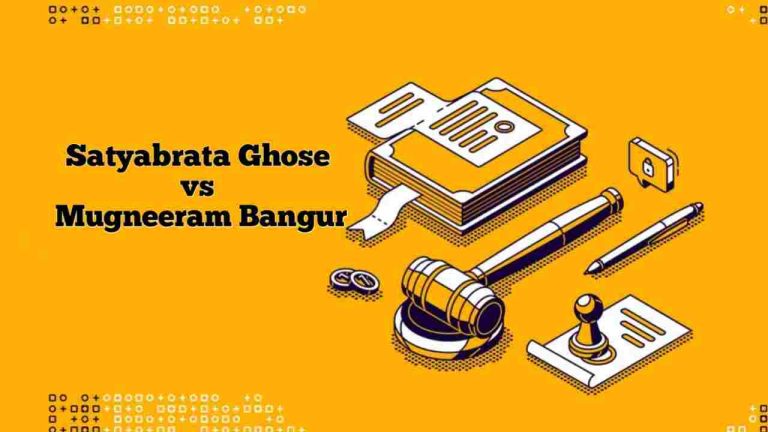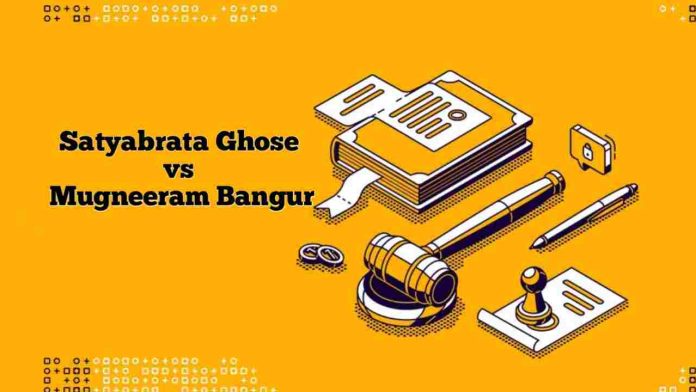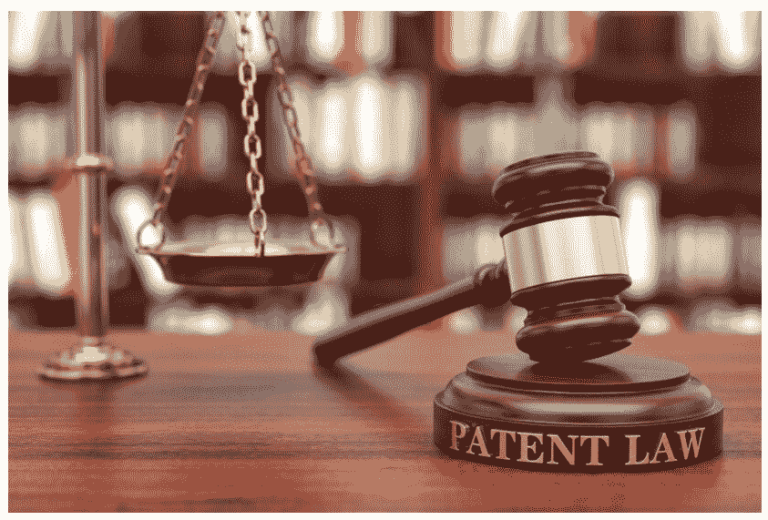The legalization of same-sex marriage is a significant step towards increased equality and the recognition of LGBTQ+ rights in many countries around the world. The process of legalizing same-sex marriage typically involves legislative modifications, court decisions, or popular referendums, depending on the legal system of each country.
In most cases, same-sex marriage is legalized through legislative action, which often involves political debate, lobbying, and the support of lawmakers who advocate for LGBTQ+ rights. In some countries, same-sex marriage legalization has been achieved through court rulings, which establish legal precedents that compel governments to recognize same-sex marriage. In a few instances, same-sex marriage legalization has occurred through popular referendums or initiatives, reflecting societal attitudes toward LGBTQ+ rights.
International pressure and influence from organizations such as the United Nations or regional human rights bodies have also played a role in advancing same-sex marriage legalization in some cases. Diplomatic efforts, human rights reports, and international treaties promoting equality and non-discrimination can encourage countries to enact legislative changes. Same-sex marriage legalization may also occur gradually, with incremental changes such as the recognition of civil unions or domestic partnerships preceding full marriage equality. These intermediate steps can pave the way for broader societal acceptance and eventual legalization of same-sex marriage.
Overall, the legal recognition of same-sex marriage reflects evolving attitudes towards LGBTQ+ rights, the recognition of fundamental human rights principles, and the efforts of activists, lawmakers, and advocates working towards equality and social justice.
IS SAME SEX MARRIAGE LEGAL OR ILLEGAL?
It is crucial to mention that same-sex marriage is not legally recognized in India, as of the latest update in January 2022. Although the Indian Supreme Court made a historic decision in September 2018, striking down Section 377 of the Indian Penal Code, which formerly criminalized same-sex relations, this ruling did not extend to the legal acceptance of same-sex marriages. It is essential to note that Section 377 was an outdated colonial-era law enacted in 1861 that remained in effect for over 150 years.
In India, personal laws based on religion govern marriage, and none of these laws currently permit same-sex marriage. Hindu, Muslim, Christian, and other religious communities in India have their own personal laws that govern marriage and divorce. However, none of these laws currently recognize same-sex marriage as a valid form of union.
It is worth noting that the Indian government has not yet introduced any legislation to legalize same-sex marriage, leaving the LGBTQ+ community without legal recognition of their partnerships. The lack of legal recognition implies that same-sex couples in India are unable to benefit from the same legal protections and advantages that heterosexual couples do, such as inheritance rights, property rights, and access to healthcare and other benefits.
Despite this, activists and advocates for LGBTQ+ rights in India are making ongoing efforts, with a specific emphasis on the legalization of same-sex marriage. The LGBTQ+ community in India has been actively campaigning for equal rights and recognition for many years, with a significant increase in activism and awareness in recent times. It remains to be seen how the legal landscape regarding LGBTQ+ rights in India will evolve in the future, through either legislative changes or judicial rulings.
RELATED CASE LAWS
As of the last update in January 2022, no specific cases in India have directly addressed the legalization of same-sex marriage. However, India has made significant progress towards achieving LGBTQ+ rights and recognizing same-sex relationships. Here are some key cases and initiatives:
1. Navtej Singh Johar v. Union of India (2018): This landmark case challenged the constitutionality of Section 377 of the Indian Penal Code, which criminalized consensual same-sex relations. In a historic judgment, the Supreme Court of India struck down parts of Section 377, effectively decriminalizing same-sex relations between consenting adults. This decision was a significant victory for LGBTQ+ rights in India, as it recognized the inherent dignity and privacy of all individuals, regardless of their sexual orientation.
2. NALSA v. Union of India (2014): In this case, the Supreme Court of India recognized the rights of transgender individuals as a third gender and affirmed their fundamental rights, including the right to marry and form a family. This decision was a milestone in recognizing the rights of transgender people and their place in society.
3. Public Interest Litigations (PILs): Various public interest litigations have been filed in Indian courts advocating for the legalization of same-sex marriage and recognition of LGBTQ+ rights. While these cases have sparked discussions and debates, none have led to specific rulings on the legalization of same-sex marriage. However, they have played a crucial role in raising awareness about the need for equal rights for all individuals, regardless of their sexual orientation or gender identity.
4. Petitions and Advocacy: LGBTQ+ rights activists and organizations in India continue to advocate for the legal recognition of same-sex marriage through petitions, awareness campaigns, and public demonstrations. These efforts aim to bring attention to the discrimination faced by LGBTQ+ individuals and to push for legislative or judicial action on marriage equality. Some organizations have also created safe spaces for LGBTQ+ individuals to seek support and access to resources.
While there have been no direct cases on same-sex marriage in India, the legal landscape regarding LGBTQ+ rights is evolving, and there is ongoing activism and advocacy for the recognition of same-sex relationships and marriage equality. It’s possible that future legal challenges or legislative initiatives may address this issue more directly. However, India’s progress towards recognizing the inherent dignity and equal rights of all individuals, regardless of their sexual orientation or gender identity, is a testament to the tireless efforts of activists and advocates.
CONCLUSION
The topic of same-sex marriage is multifaceted and often generates differing viewpoints depending on cultural, religious, and personal beliefs. However, from a legal and human rights perspective, many parts of the world have been moving towards recognizing and legalizing same-sex marriage. Here are some key points to conclude this topic:
1. Equality and Human Rights: Advocates of same-sex marriage argue that denying marriage rights to same-sex couples is a form of discrimination and violates their fundamental human rights. They emphasize the principle of equality before the law and the right to choose one’s partner regardless of gender. In essence, they believe that everyone should have the same legal right to marry the person they love.
2. Legal Recognition: Countries that have passed laws recognizing same-sex marriage grant same-sex couples the same legal rights and benefits as heterosexual couples. This recognition ensures that same-sex couples have access to spousal benefits, inheritance rights, and legal protections in areas such as healthcare and parental rights. Legal recognition provides same-sex couples with the same benefits and protections as heterosexual couples.
3. Social Acceptance and Progress: The acceptance of same-sex marriage reflects broader social progress towards LGBTQ+ rights and inclusion. Over time, societal attitudes towards same-sex relationships have evolved, leading to increased acceptance and support for marriage equality. Social acceptance is important in creating a supportive and inclusive environment for LGBTQ+ individuals.
4. Religious and Cultural Perspectives: Despite legal recognition in some jurisdictions, there are religious and cultural communities that continue to oppose same-sex marriage on moral or religious grounds. This opposition is often rooted in traditional interpretations of religious texts or cultural norms. Religious and cultural beliefs can influence a person’s acceptance of same-sex marriage.
5. Ongoing Challenges: Despite advancements in legal recognition, challenges remain, including ongoing debates, legal battles, and resistance from conservative groups. Achieving full equality and acceptance for LGBTQ+ individuals, including in the realm of marriage, continues to be a work in progress in many parts of the world. Ongoing challenges emphasize the importance of continued advocacy and awareness.
6. Personal Freedom and Happiness: Ultimately, the conclusion on same-sex marriage often comes down to individual beliefs about love, freedom, and happiness. Supporters argue that everyone should have the right to marry the person they love, regardless of gender, while opponents may hold different views based on religious, cultural, or personal convictions. Personal beliefs and values play a significant role in the acceptance of same-sex marriage.
In summary, the conclusion on same-sex marriage is complex, involving legal, social, cultural, and personal factors. While progress has been made towards marriage equality in many places, the issue remains contentious in some regions, highlighting the ongoing journey towards full acceptance and inclusion for LGBTQ+ individuals.
Also Read:
Rights of undertrial prisoners in India
How To Send A Legal Notice In India













